In a groundbreaking fusion of biotechnology and environmental science, researchers have developed a novel "living sensor" system using microalgae tattoos to monitor real-time PM2.5 exposure in humans. This innovative approach harnesses the natural sensitivity of photosynthetic organisms to air pollutants, transforming them into wearable biological indicators that change color in response to particulate matter inhalation.
The concept emerged from observing how certain algal species exhibit visible stress responses—such as pigment degradation or fluorescence shifts—when exposed to airborne toxins. Scientists at the Singapore-MIT Alliance for Research and Technology engineered a strain of Chlorella vulgaris that fluoresces red under blue light when interacting with PM2.5 particles. These algal cells are then encapsulated in a porous hydrogel patch that can be applied to the skin like a temporary tattoo.
How does this living tattoo function? The hydrogel matrix allows ambient air to permeate while protecting the algae from dehydration. As the wearer breathes, PM2.5 particles become trapped in the gel and interact with the embedded microalgae. The intensity of the red fluorescence corresponds directly to particulate concentration, measurable through a smartphone app that analyzes images of the tattoo under controlled lighting conditions.
Unlike conventional electronic sensors that require power sources and frequent calibration, these algal tattoos remain active for up to five days through photosynthesis. The system provides continuous monitoring without batteries, representing a paradigm shift in wearable environmental sensors. Early trials showed 89% accuracy compared to industrial-grade air quality monitors when measuring exposures between 35-200 μg/m³.
Urban applications have proven particularly valuable. Delivery riders in Beijing wearing the tattoos revealed startling data—their PM2.5 exposure during eight-hour shifts averaged 2.7 times higher than stationary environmental monitors reported. The tattoos detected "hot spots" where idling vehicles created invisible pollution pockets at intersections, information that could reshape urban planning and occupational safety standards.
The technology's biological nature introduces unique advantages and challenges. Different algal strains can be customized to detect specific pollutants—Nannochloropsis variants show promise for ozone detection, while genetically modified Spirulina may soon monitor heavy metals. However, living systems require temperature regulation and can't function indefinitely. Researchers are developing nutrient-replenishing hydrogel formulations to extend operational duration.
Ethical considerations have emerged regarding biological markings on human skin, even temporarily. The team emphasizes that the tattoos use non-pathogenic, food-grade algae approved for cosmetic applications. A transparent version is in development for users concerned about visible green markings during normal operation.
Looking ahead, this technology could revolutionize personal exposure assessment in occupational health, asthma management, and environmental justice research. Future iterations may incorporate Bluetooth-enabled readers for automated data logging, and researchers envision linking sensor data to medical records to study long-term pollution health impacts at unprecedented resolution.
As climate change intensifies urban air quality issues, such biomimetic solutions offer sustainable alternatives to electronic monitors. The microalgae tattoos represent more than a scientific curiosity—they embody a philosophical shift toward integrating biological systems with human technology for environmental monitoring. With refinements, these living sensors may soon become as commonplace as fitness trackers, providing visible, tangible feedback about our invisible airborne threats.
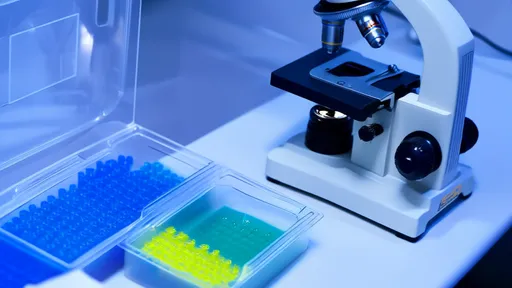
By /Jul 22, 2025

By /Jul 22, 2025

By /Jul 22, 2025

By /Jul 22, 2025

By /Jul 22, 2025
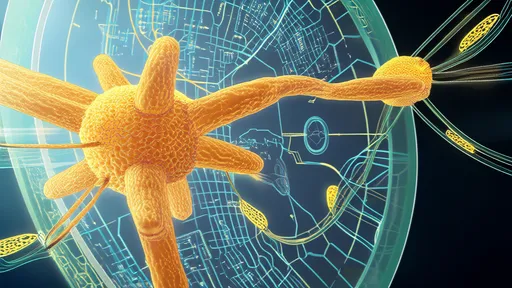
By /Jul 22, 2025
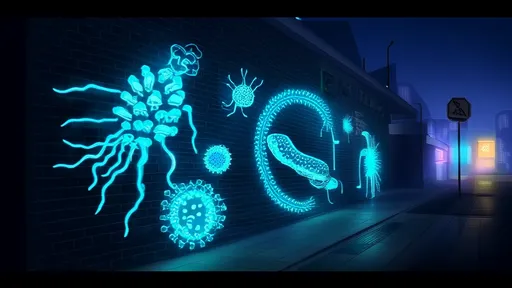
By /Jul 22, 2025
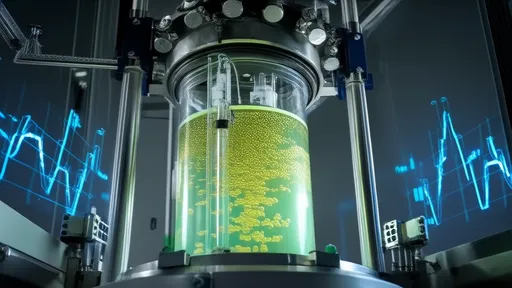
By /Jul 22, 2025
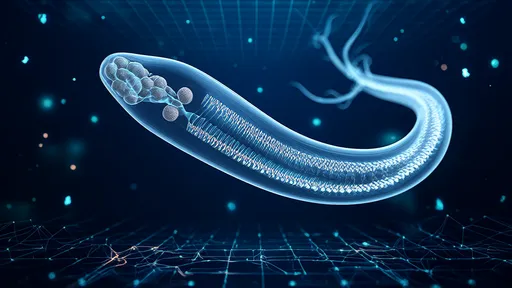
By /Jul 22, 2025

By /Jul 22, 2025
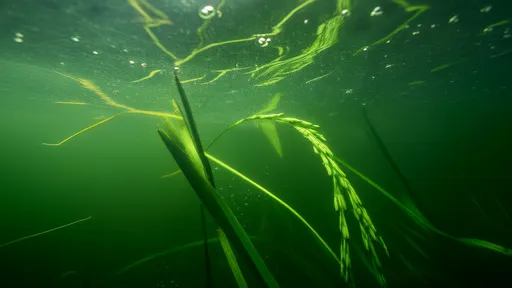
By /Jul 22, 2025

By /Jul 22, 2025

By /Jul 22, 2025
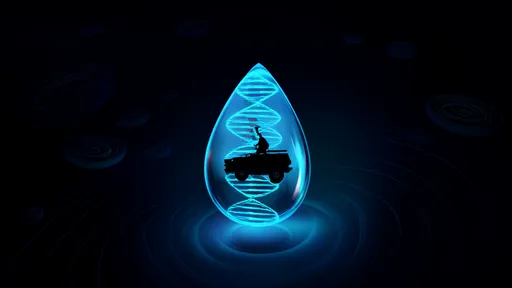
By /Jul 22, 2025
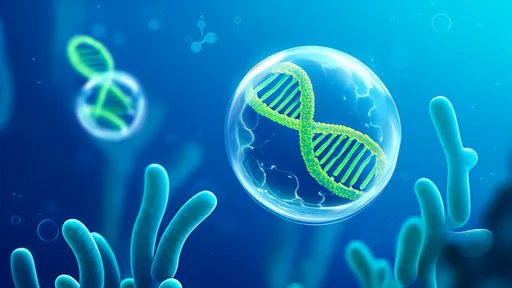
By /Jul 22, 2025
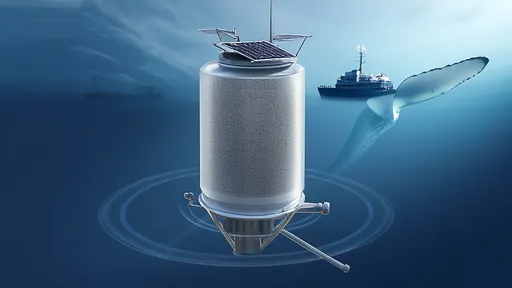
By /Jul 22, 2025
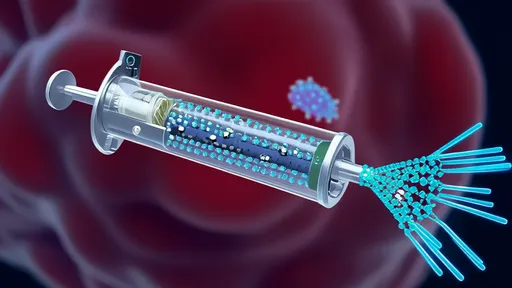
By /Jul 22, 2025
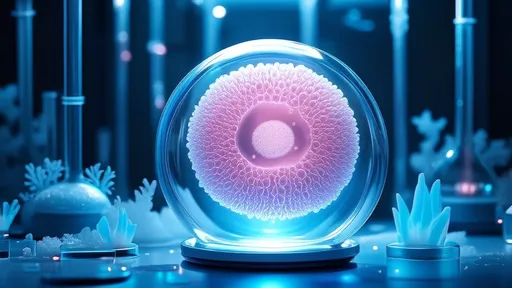
By /Jul 22, 2025